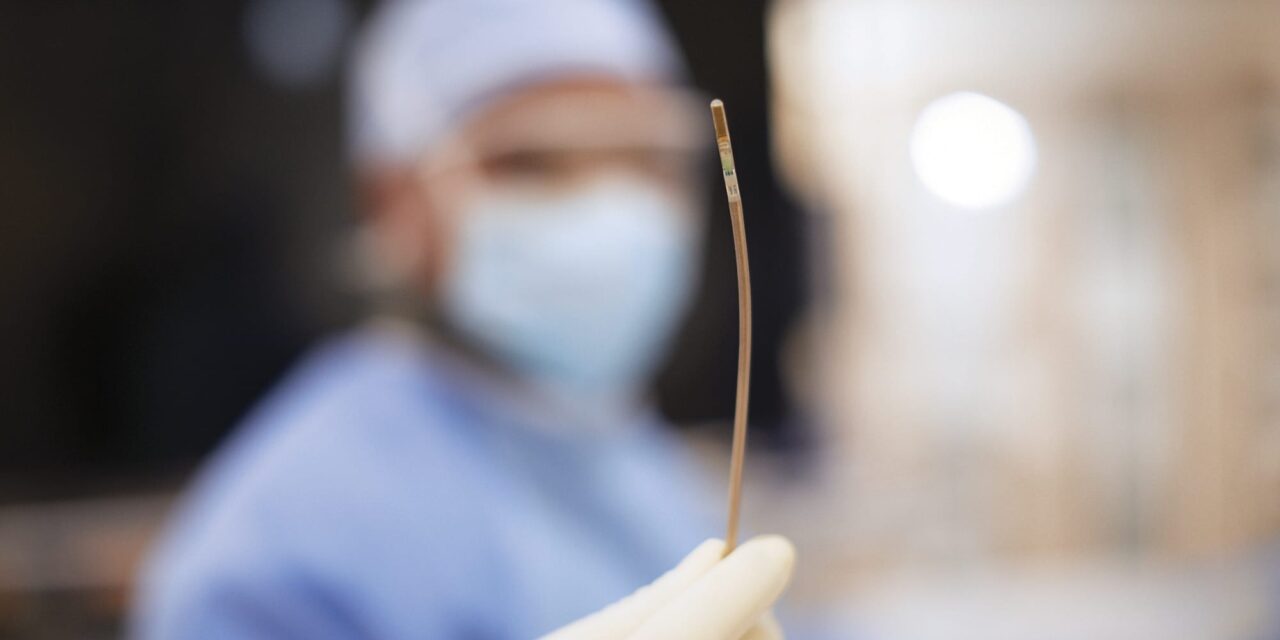The catheter is designed to offer enhanced procedural guidance without the need for general anesthesia to support more efficient and patient-friendly care for structural heart disease.
Royal Philips announced the introduction of its VeriSight Pro 3D Intracardiac Echocardiography (ICE) catheter in Europe. Building on its success in the United States, VeriSight Pro brings real-time 3D imaging inside the heart, aiming to help physicians perform procedures with greater clarity and without the need for general anesthesia.
Designed for procedures such as transcatheter valve repair and left atrial appendage closure, VeriSight Pro offers high-resolution 2D and 3D visualization directly within the heart chambers. This enables clinical decision-making in structural heart and electrophysiology interventions, while removing the need for general anesthesia and associated risks.
“With VeriSight Pro 3D ICE, we now have the ability to see detailed cardiac anatomy from inside the heart in real time,” says Dr Jörg Hausleiter of Ludwig-Maximilians-Universität in Munich, Germany, in a release. “This helps streamline our workflows and makes complex procedures more accessible to patients who may not tolerate more invasive imaging approaches.”
Addressing Structural Heart Disease with Less Burden on Patients and Hospitals
Structural heart disease is a growing challenge across Europe, with increasing volumes of transcatheter valve repair and closure procedures. Today, many of these are supported by transesophageal echocardiography, which often requires general anesthesia, additional staff, and extended room time.
In contrast, 3D ICE imaging provides detailed visualization from within the heart through a catheter introduced via the femoral vein, reducing the need for general anesthesia and recovery time in the post-anesthesia care unit, which can shorten hospital stays and lower costs.
VeriSight Pro is a miniaturized ultrasound probe, approximately three millimeters in diameter, embedded at the tip of a thin, steerable catheter. This device can be navigated through the vascular system and into the heart chambers, where it delivers 2D and 3D images in real time. Imaging the heart from within, with control over the scan angle, opens new possibilities for guiding structural heart interventions. Physicians can assess anatomy, guide device placement, and confirm procedural results from a single access point and without the need for more invasive imaging techniques. The ICE catheter miniaturizes the same 3D imaging technology used in transesophageal echocardiography.
“VeriSight Pro reflects our ongoing commitment to delivering clinically relevant innovations that enhance precision, reduce procedure complexity, and improve the care experience,” says Stacy Beske, business leader of image-guided therapy devices at Philips, in a release. “Its availability in Europe is an important milestone in helping more patients benefit from image-guided, minimally invasive heart procedures, while supporting care teams with integrated solutions that adapt to the way they work.”
Structural Heart Care Solutions
VeriSight Pro is part of Philips’ structural heart disease ecosystem, integrating with Philips’ EPIQ ultrasound systems, which in turn integrate with the Azurion image-guided therapy platform. Combined with tools such as EchoNavigator, Philips offers a solution for clinicians performing procedures such as tricuspid and mitral valve repair and replacement, atrial septal defect closure, and left atrial appendage occlusion.
The catheter’s features—including xPlane and iRotate technologies—are designed to allow physicians to visualize two imaging planes simultaneously and digitally adjust views without physically repositioning the catheter tip. These capabilities aim to enable precise assessment and device deployment with fewer imaging steps.
Philips will highlight VeriSight Pro and its role in structural heart interventions at EuroPCR 2025 in Paris, May 20–23.
Photo caption: VeriSight Pro ICE catheter in use
Photo credit: Royal Philips


